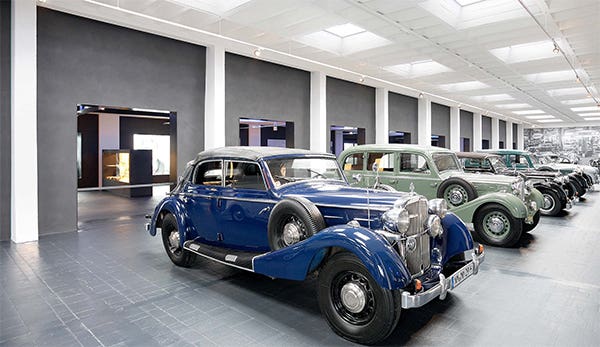Old Cars Q&A: 2021 no. 9
Kit Foster answers your old cars questions. In this installment he digs deep into what decides the factory options you see on the show floor.
Q. I would like to see an article about who decides what options are put on a car as it is being assembled. I’m talking about cars that were made in the 1960s, ’70s and ’80s that were not ordered by a customer. For example, I had a 1977 Pontiac Bonneville two-door that was a highly optioned vehicle, except it did not have power door locks. I thought that was completely odd and I traded the vehicle after eight months of ownership. I have had other cars that were optioned oddly. — Rodney Fletcher, Abilene, Tex.
A. I have wondered about this, too, so I consulted a friend who has experience both as a product planner at Buick and as a small-town Chevy-Olds dealer in the Midwest. I’ve edited his comments slightly for conciseness.
“From a dealer perspective, cars are almost always ordered with only the most popular options and colors, nothing strange or out of the ordinary as the cars are intended for quick sale. With smaller dealers, it is the owner or the sales manager (if there is one). With the mega-dealers it is usually a sales manager’s assistant, or even a clerk, as ordering cars is considered too mundane a task for a busy person.
“For the larger dealers, when the person ‘specs’ a car on the order form, he or she checks the ‘How Many’ box. They will then get 15 or 20 or whatever quantity of the same vehicle. The order will then be duplicated for another quantity with a different color. Vehicle color is also based on popularity. Today this seems to be black, white or silver. If you look over a new car dealer’s inventory you will see mostly black, white and silver.
“As for options to order, dealers and their sales staffs know from experience what sells, and what does not sell. Most are pretty sharp in this regard, and it is reflected in what they order for inventory.
“Another factor in ordering is the ‘price shopper.’ For the hard-core price shopper, a dealer may have a few sparsely equipped price-leader cars ‘as advertised,’ usually only one as they tend to hang around for a long time and are mainly used to up-sell the customer (‘Oh, we had one, but it is sold’). I think they call this ‘bait and switch.’
“If there is a car in dealer inventory that is oddly equipped, it is most likely due to an error in ordering or factory build. If it was a sold order, the customer apparently rejected the car. In rare instances, if there is a material shortage or availability affecting an order in the system, the dealer is notified that the order will be modified. The dealer then has the option of deleting the order or accepting the revised order. If it is a customer sold order, the dealer must notify the customer of the order change and the customer can then accept or reject the revised order. Situations like this may occur at the start of production of a new model, early in the production run or from supplier shortages due to a production glitch,
“General Motors never forces a vehicle on a dealer. If a dealer rejects a vehicle, it is re-invoiced to another dealer. If no dealer will accept the ‘odd’ vehicle, it will likely be assigned to the company vehicle fleet, but this is rare. And eventually it would be sold at a GM factory auction (dealers only) as a company used vehicle.
“The vast majority of new cars and trucks today are sold from dealer inventory. The small town ‘mom and pop’ stores with limited inventory, and thus more dependent on customer ordering, are virtually all gone. The larger dealers with huge inventories discourage customers from ordering a car as they are interested in selling from stock. If a salesperson presents a customer order to the sales manager, the response is likely, ‘Dammit, Charlie, we’ve got 200 cars out there. If you can’t sell him one of those, what good are you?’ Charlie then wisely persuades his customer to buy from stock. This practice, of course, perpetuates dealer inventories reflecting only the most popular options. A customer who desires to order a vehicle with specific options is most often convinced to take from stock, with the result that less popular options are rarely ordered.
“When I was in Buick Product Planning, every year we would review the Option List with an eye toward eliminating the ‘low runners,’ options with less than five percent market penetration. Most often, low runners were the result of the dealer ordering process described above. Customers, and even dealers, were not even aware of many options that were offered. Virtually all of the low runners were functional, rather than appearance options (out of sight, out of mind). Being a ‘car nut,’ it was painful to me when we decided to eliminate options that were functional and of value to the customer, but nobody was ordering or even aware of them. Dealers do not inform their customers that they are available, because ordering a vehicle to personal specifications would disrupt the ‘sell from stock’ routine.”
To submit questions to this column: E-mail
oldcars@aimmedia.com or mail to: Q&A, Old Cars,
5225 Joerns Drive, Suite 2, Stevens Point, WI 54481.
*As an Amazon Associate, Old Cars earns from qualifying purchases.








